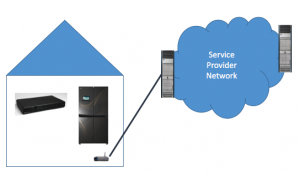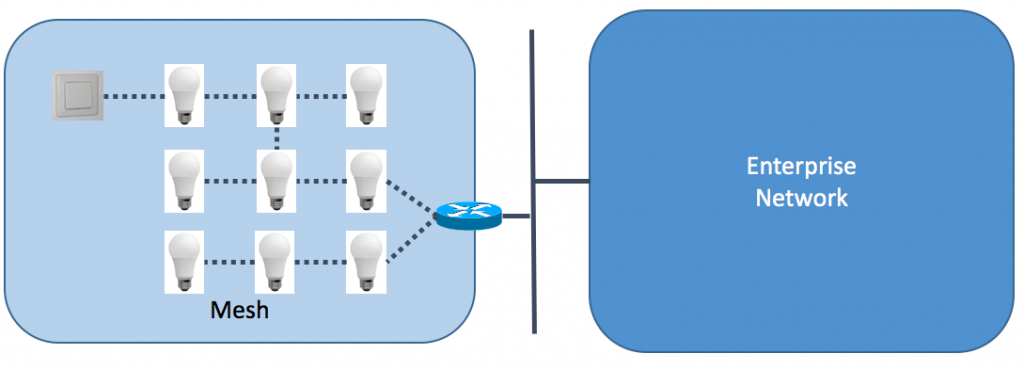The Wall Street Journal and others are reporting on the ongoing battle between Uber and state and local governments. This time it’s their self-driving car. Uber announced last week that they would not bother to seek a permit to test their car, claiming that the law did not require one. The conflict took on a new dimension last week when one of Uber’s test vehicles ran a red light.
Is Uber right in not wanting to seek a permit? Both production and operation of vehicles in the nearly all markets are highly regulated. That’s because auto accidents are a leading cause of death in the United States and elsewhere. The good news is that number is falling. In part that’s due to regulation, and in part it’s due to civil liability laws. I’m confident that Uber doesn’t want to hurt people, and that their interest is undoubtedly to put out a safe service so that their reputation doesn’t suffer and their business thrives. But the rush to market is sometimes too alluring. With the pace of technology being what it is, Uber and others would be in a position to flood the streets with unsafe vehicles, possibly well beyond their ability to pay out damages. That’s when regulations are required.
There are a few hidden points in all of this:
- As governments consider what to do about regulating the Internet of Things, they should recognize that much of the Internet of Things is already regulated. California did the right thing by incrementally extending the California Vehicle Code to cover self-driving vehicles, rather than come up with sweeping new regulations. Regulations already exist for many other industries, including trains, planes, automobiles, healthcare, electrical plants.
- We do not yet have a full understanding of the risks involved with self-driving cars. There are probably many parts of the vehicle code that require revision. By taking the incremental approach, we’ve learned, for instance, that there are places where the vehicle code might need a freshening up. For instance, self-driving cars seem to be following the law, and yet causing problems for some bicyclists.
- IoT regulation is today based on traditionally regulated markets. This doesn’t take into account the full nature of the Internet, and what externalities people are exposed to as new products rapidly hit the markets. This means, to me, that we will likely need some form of regulation over time. There is not yet a regulation that would have prevented the Mirai attack. Rather than fight all regulation as Uber does, it may be better to articulate the right principles to apply. One of those is that there has to be a best practice. In the case of automobiles, the usual test for the roads is this is whether the feature will make things more or less safe than the status quo. California’s approach is to let developers experiment under limited conditions in order to determine an answer.
None of this gets to my favorite part, which is whether Uber’s service can be hacked to cause chaos on the roads. Should that be tested in advance? And if so how? What are the best practices Uber should be following in this context? Some exist.
More on this over time.

 Governments are already involved in cybersecurity. The question really is how involved with they get with IoT security. If the people who need to do things aren’t doing them, either we have the wrong incentive model and need to find the right one, or it is likely that governments will get heavily involved. It’s important that not happen until the technical community has some understanding as to the answers of these questions, and that may take some time.
Governments are already involved in cybersecurity. The question really is how involved with they get with IoT security. If the people who need to do things aren’t doing them, either we have the wrong incentive model and need to find the right one, or it is likely that governments will get heavily involved. It’s important that not happen until the technical community has some understanding as to the answers of these questions, and that may take some time.